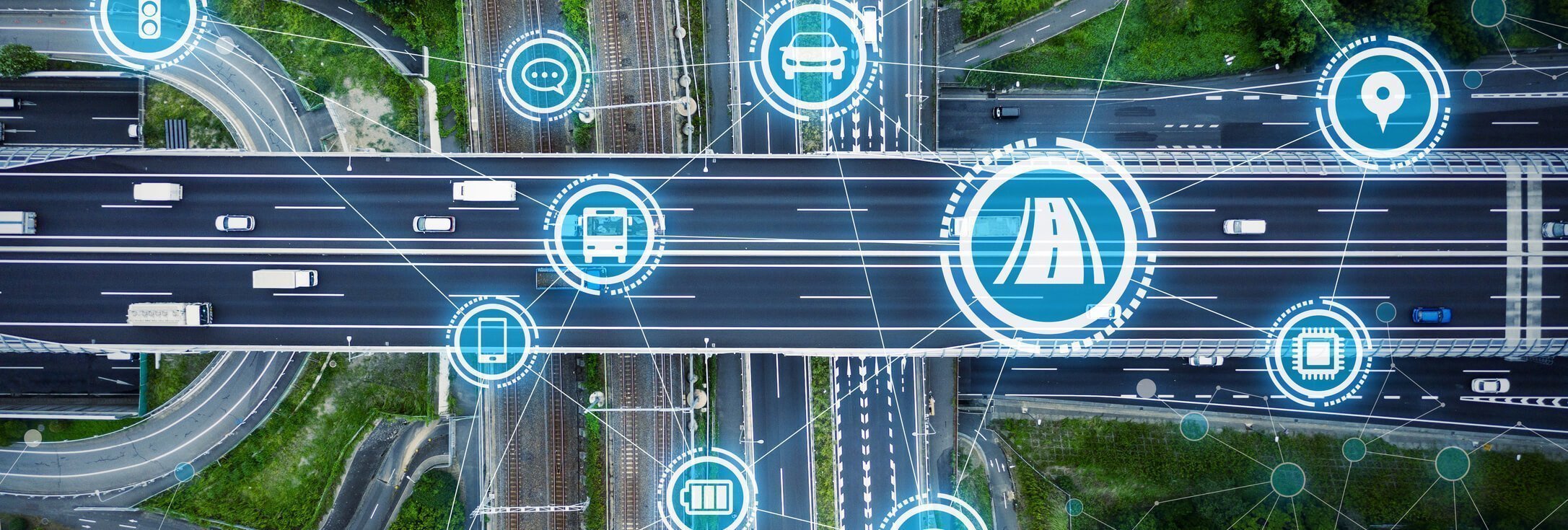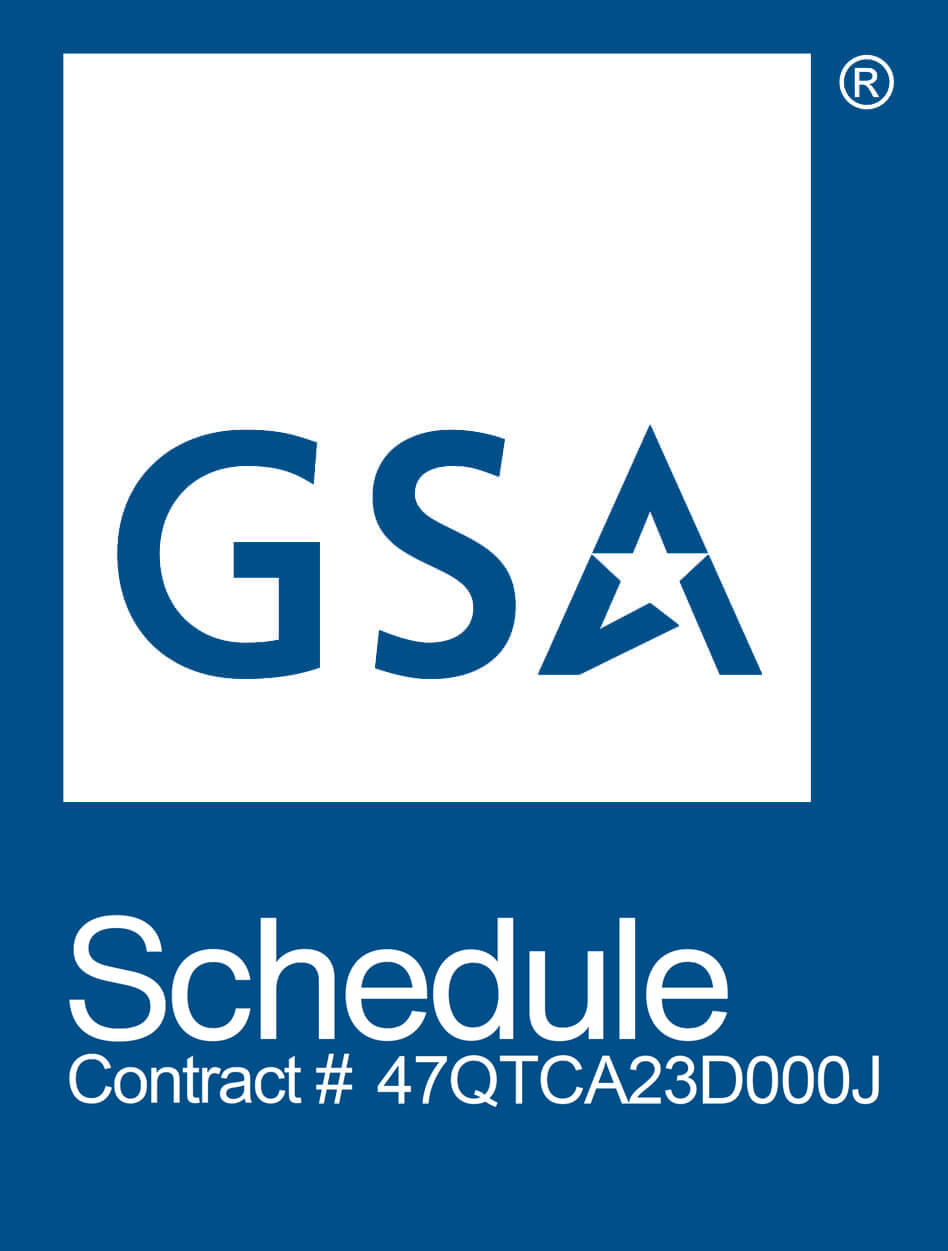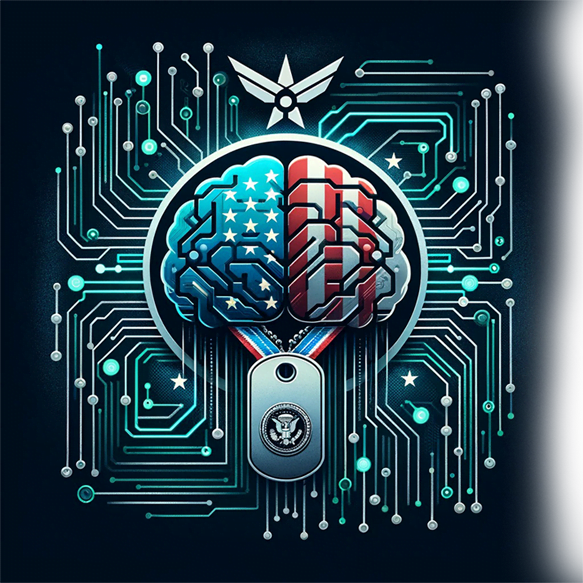
Vehicular Cloud Computing
The contemporary traffic management systems and the current vehicular communication paradigm is outdated and needs to be improved according to the latest technology. For this purpose, vehicular cloud computing is introduced that aims at delivering services that can provide efficiency to vehicles and enhance overall traffic safety. Its structure is designed to make ways for vehicles to share their underutilized resources, such as internet connectivity, computing power, and storage with each other.
With more and more vehicles on the roads, traffic congestion is taking its toll and impacting the traffic management systems. The challenges in the traffic domain are increasing, and emerging technologies, like the internet of vehicles, have the potential to outgrow them. Vehicular cloud computing can aid in the introduction of smart traffic management systems and solutions as well as the internet of vehicles.
VCC Infrastructure
Vehicular Cloud Computing is inspired by mobile cloud computing and conventional cloud computing. Several frameworks and technologies have been developed and introduced to solve issues and problems faced by vehicular networks and to improve and enhance intelligent transportation systems. The cots-effectiveness that vehicular cloud computing offers allow the end-users to refrain from investing in cloud computing in the shape of buying it as it offers an on-demand subscription. The scalability and VANET mobility issues are solved by vehicular cloud computing by using the vehicles’ underutilized resources for a brief period of time.
The Processes
The sensors within the vehicles allow the initiation of data processing and collection, which is then sent to the vehicle’s local repository for processing. Then, the application programming interface transmits the processed data to the actuators or the related hardware to ring warnings and alarms according to the situation.
The communication process initiates with in-car communication, which is basically a communication device of the car itself. If the requirement exceeds the resource-provision potential of the device, however, the second level of information and resource sharing on a vehicle to vehicle basis begins.
Complementary services, such as tolls and parking, communication services, such as road traffic information and the global positioning system (GPS), and contextual services, like the driver’s behaviour and much more, are a part of the offerings of vehicular cloud computing.
Service-Disabled Veteran-Owned Small Business (SDVOSB)
Small Disadvantaged Business (SDB)
Small Disadvantaged Business leads to enhanced innovation and creativity, as these businesses often offer unique perspectives and solutions shaped by their diverse backgrounds. Moreover, partnering with Small Disadvantaged Business can provide access to specialized skills and capabilities that might otherwise be overlooked, contributing to improved competitiveness and efficiency.

Transforming for Innovation, Sustainability and Security
Transforming for Innovation and Sustainability securing future competitive advantage
VANETs
Vehicular Ad hoc Networks (VANETs) plays an essential role in Intelligent Transportation Systems (ITS). It enables the development of a huge number of vehicular applications, including infotainment, traffic efficiency, and traffic safety applications. VANET itself has distinctive properties, like dynamic topology and high speed. Not only researchers but manufacturers as well are quickly realizing the significance of these applications and are implementing rules and standards that give way to emerging technologies.
A major sub-field within the intelligent transportation systems is the traffic management system that adheres to road safety and the flow of road traffic. VANET enables the various resources and data to be shared, integrated, and configured among different vehicles that sense them and consequently store and process them in cloud computing form. The process enhances quick and efficient decision making to achieve road safety and traffic management.
V2i And V2V Applications for Road Traffic Management
Vehicular networking is also playing its part in bettering the environment and driving safety, and improving the traffic flow by combining with intelligent transportation systems. All these technologies are jointly helping the development of new and effective applications in VANET that use predictive and adaptive strategies for the cause. Here are two examples of the functionalities of these technologies:
- Intersection Management: It controls the traffic signals to prioritize the lanes that have more vehicles in a queue compared to the other lanes. It can also automatically shift lights to let emergency vehicles get out of traffic quickly.
- Traffic Information Aggregation: It handles and accommodates the scalability and minimizes the communications bandwidth between the vehicles. For the purpose of avoiding overlaps in aggregation, efficient data collection techniques for the vehicle to vehicle (V2V) communications are used.
Classification of Vehicular Clouds
The interaction of vehicular clouds with sensor clouds and other commercial clouds is important in order to provide comfort to passengers in vehicles, controlling and monitoring safety, and enabling route planning. The requirement of service of a vehicle results in the initiation of formation of a cloud or joining an existing cloud. This leads to the discovery of resources from within the cloud members and dynamic processing and utilizing of the incoming resources. This process allows the vehicles and the drivers to subscribe to the appropriate services at the right time and place as their needs and requirements direct them.
Formation of Clouds
The requirement of a service or services by a vehicle prompts the formation of a cloud after the vehicle publishes its needs. The network starts the process of cloud formation following the following steps:
Discovery
The cloud discovers the appropriate resources that are needed to provide a user with the services that are of interest to them. Storage, sensing, and computing are a few examples of the resources that may be required by a vehicle and discovered by the network. The vehicular cloud provides a Network as a service (NaaS) service to vehicles so that they can connect to the internet using LTE.
Organization
The discovery of the resources follows the organization that takes place in a way that ensures service provision. The vehicular cloud stores the related information to monitor the users and their points of use within the cloud.
Information and Resource Sharing
An optimal sharing of information and resources takes place within the cloud. A vehicle that is approaching an intersection can demand information about the status of that intersection would instantly receive visuals or sensory information from a cloud user vehicle that is currently on that intersection.
Content Storage and Publishing
For the purpose of providing future utility to cloud users, the acquired information is stored and published. Vehicular cloud computing is ever-enhancing that way.
Vehicular Cloud Computing Summary
Vehicular cloud computing solves many vehicular problems and equips the users with resources and information that are directed towards providing them with utility and safety. No matter what sector or industry you operate in, we can provide you with the cloud technology that can help your business stand out and thrive with value addition and bigger ROIs.
Generative AI Software Integration
Boost your business efficiency with our custom Generative AI Business Software, tailored for HR, finance, sales, event management, and customer service. Leveraging advanced natural language processing and AI-driven data science, we specialize in customer segmentation, sales analysis, and lead scoring. Elevate your operations and gain a competitive advantage with our precision-driven AI solutions. Contact us to integrate AI seamlessly into your key systems and transform your business.
What clients say about Cloud Computing Technologies
★★★★★ 5/5
"CCT's diverse skills and expertise has reduced our technical debt by millions of dollars to which we have reinvested into future capabilities."

Mrs. Hanson
★★★★★ 5/5
"With CCT migrating our critical systems into the AWS, 80% our staff is now remote working."

Mrs. Miller
★★★★★ 5/5
"CCT showed us how to meeting regulatory compliance in AWS Landing Zone and greatly improved our cloud security controls."

Mrs. Wilson
★★★★★ 5/5
"CCT provided our agency with application rationalization services and successfuly applicaton migrations meeting all KPIs and SLAs."

Federal Agency
★★★★★ 5/5
"I highly recommend the data science team at CCT. They are technically proficient, great communicators, unbiased, and reduced our false positives by 68%."

Mr. Brown
★★★★★ 5/5
"The team at CCT is knowledgable and insightful in developing a cloud architecture leading to our mission success."

Mr. Robinson
Experience and Agile Expertise
you can trust
Years in business
20
Contracts Awarded
180
+
Further information about Vehicular Cloud Computing and Servicenow Architect.








